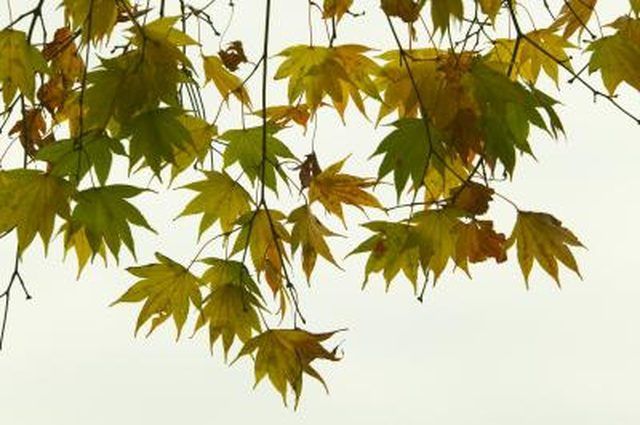Bulbs
Flower Basics
Flower Beds & Specialty Gardens
Flower Garden
Garden Furniture
Garden Gnomes
Garden Seeds
Garden Sheds
Garden Statues
Garden Tools & Supplies
Gardening Basics
Green & Organic
Groundcovers & Vines
Growing Annuals
Growing Basil
Growing Beans
Growing Berries
Growing Blueberries
Growing Cactus
Growing Corn
Growing Cotton
Growing Edibles
Growing Flowers
Growing Garlic
Growing Grapes
Growing Grass
Growing Herbs
Growing Jasmine
Growing Mint
Growing Mushrooms
Orchids
Growing Peanuts
Growing Perennials
Growing Plants
Growing Rosemary
Growing Roses
Growing Strawberries
Growing Sunflowers
Growing Thyme
Growing Tomatoes
Growing Tulips
Growing Vegetables
Herb Basics
Herb Garden
Indoor Growing
Landscaping Basics
Landscaping Patios
Landscaping Plants
Landscaping Shrubs
Landscaping Trees
Landscaping Walks & Pathways
Lawn Basics
Lawn Maintenance
Lawn Mowers
Lawn Ornaments
Lawn Planting
Lawn Tools
Outdoor Growing
Overall Landscape Planning
Pests, Weeds & Problems
Plant Basics
Rock Garden
Rose Garden
Shrubs
Soil
Specialty Gardens
Trees
Vegetable Garden
Yard Maintenance
Information on Japanese & Chinese Maples
Information on Japanese & Chinese Maples. Maples native to Japan and China make suitable landscaping trees for certain regions of North America. These maples and their cultivars possess ornamental features such as colorful foliage that enhance their appearance.

Maples native to Japan and China make suitable landscaping trees for certain regions of North America. These maples and their cultivars possess ornamental features such as colorful foliage that enhance their appearance.
Geography
The Japanese maple (Acer palmatum), which originates from Japan and China, grows in North America in U.S. Department of Agriculture plant hardiness zones 5 through 8. Maples hailing from China include the paperbark maple (Acer griseum) and the shantung maple (Acer truncatum), which grow in USDA zones 4 through 8.
Features
Among the cultivars of the Japanese maple are the Bloodgood, featuring red leaves, and the Shaina, a dwarf cultivar growing to only 6 feet. The main attraction of the paperback maple is its peeling, brown-red bark, while the shantung maple features colorful fall foliage, with the leaves changing to shades of red and orange.
Size and Use
The Japanese maple grows between 15 and 25 feet, making it work as a patio tree, specimen tree or species to plant in small groups in the landscape. Paperbark maple reaches heights of 30 feet and grows in partial shade, allowing its use as an understory tree. The shantung maple grows to 25 feet; landscapers use it in small yards and as a street tree.